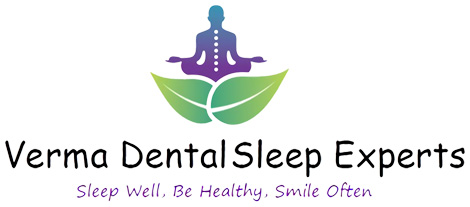
I Wake Up Tired…
Sleep Apnea Disrupts Your Sleep
Sleep apnea occurs when the soft tissues at the back of your throat collapse and obstruct the airway opening. Those airway obstructions during sleep result in the following sequence of events:
- You stop breathing.
- Your brain recognizes that you are not breathing properly.
- Your brain rouses you briefly to restore a normal breathing pattern.
This happens over and over throughout the night. In the most severe cases of sleep apnea, the patient can experience this cycle as many as 30 times per hour. It’s no wonder that you still feel tired when you wake up. You’re barely getting any rest at all!


Dangers Associated with Daytime Drowsiness
Daytime drowsiness isn’t merely a drag on your quality of life either. A sleep-deprived body can’t perform optimally. The pauses in breathing mean that your body is temporarily deprived of an adequate oxygen supply, which has a host of physiological and psychological effects.
- Increased risks for health issues including obesity, high blood pressure, stroke and heart disease
- Mood symptoms and disorders
- Difficulty performing tasks necessary for work or school
- Potential danger in driving or operating equipment
The effects of sleep apnea are wide-ranging and warrant attention.
How Sleep Apnea Treatment Can Give You Better Quality Sleep
So what should you do if you have concerns about daytime drowsiness and sleep apnea? The first step is to complete a sleep study to confirm the diagnosis. This often can take place while you sleep in your bed at home.
When you’ve confirmed that you have obstructive sleep apnea, you can then explore your treatment options. You may get symptom relief from a custom-designed oral appliance that holds the mouth structures in positions that prevent airway obstructions.
You can get back to feeling alert and energized rather than dragging and down when you wake up in the morning. Call Verma Dental Snoring and Sleep Experts for more information about setting up a sleep study or to schedule your sleep apnea consultation.
